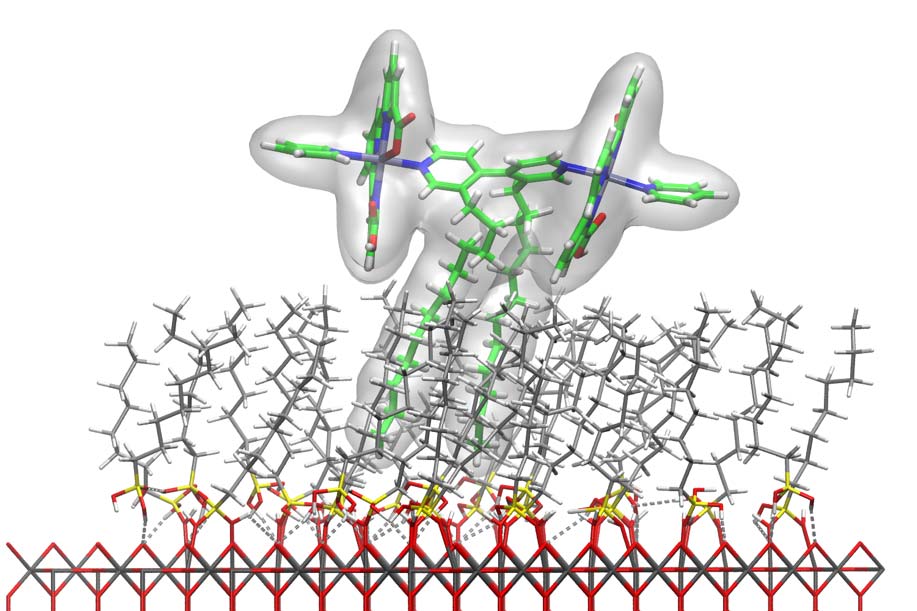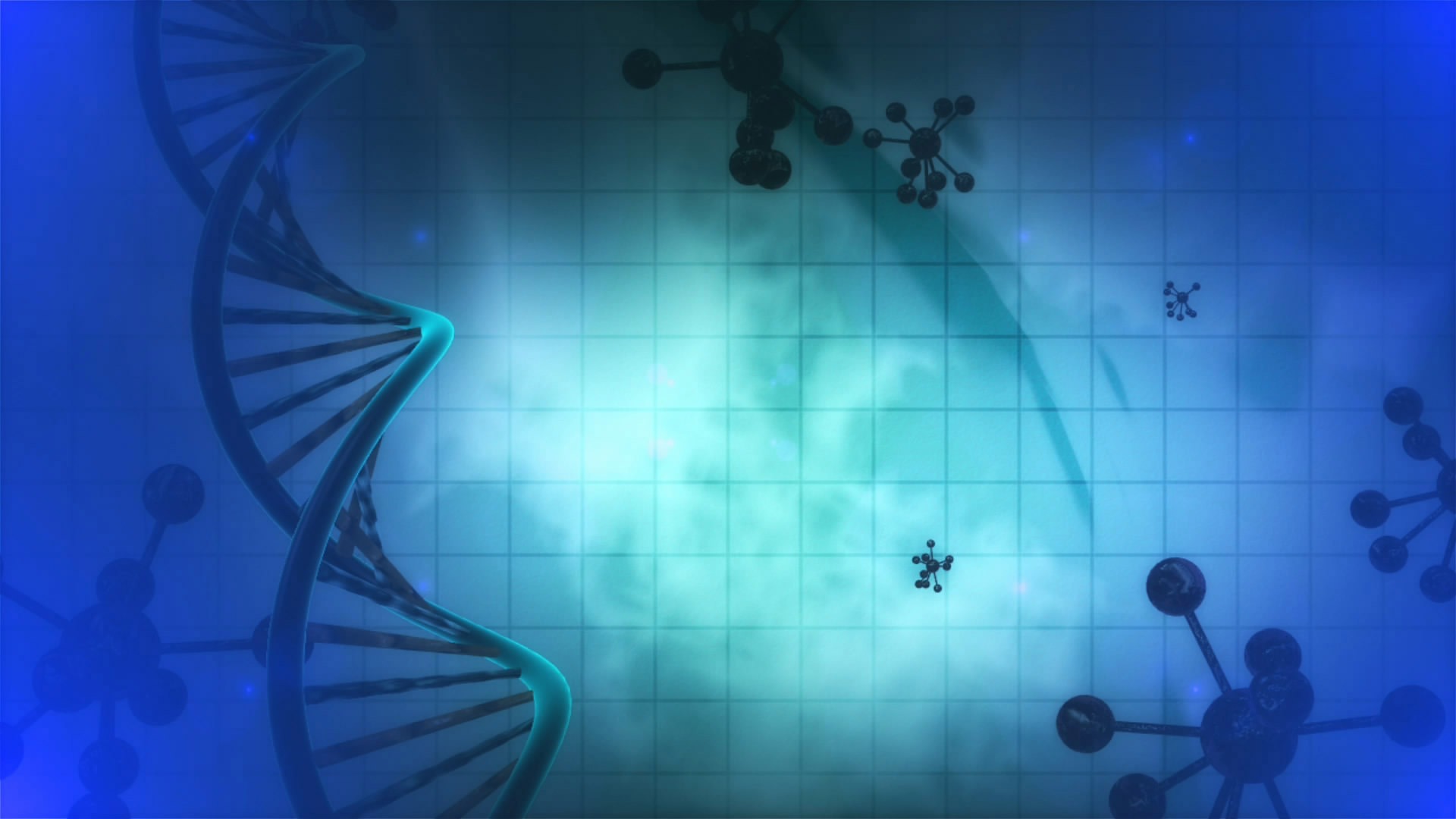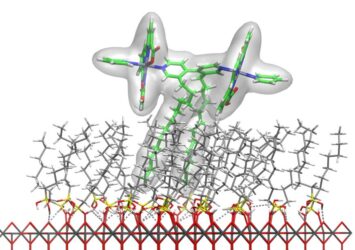Solar fuels are clean energy carriers produced by converting solar energy into chemical energy, often in the form of hydrogen. One promising route to generate solar fuels is through water splitting, a process that separates water (H₂O) into hydrogen and oxygen using light. While simple in principle, water splitting is extremely challenging in practice: it requires sophisticated materials to manage energy conversion, and the step where oxygen is released is particularly slow and demanding. Developing efficient and stable systems for this reaction is key to making solar fuels a viable and scalable solution for sustainable energy.
In a recent collaborative study (CONDOR project), a supramolecular approach based on self-assembled bilayers was employed to develop robust and efficient electrodes for water oxidation, an essential step in solar fuel production via water splitting. While the experimental realization of these hybrid molecular systems required extensive synthetic work, theoretical modelling played a key role in guiding and rationalizing the design strategy.
Daniele Veclani and Alessandro Venturini, researchers in the PHEEL group (Photonics for Health, Energy and Environmental Lab) of ISOF, carried out classical molecular dynamics (MD) simulations to investigate how molecular components assemble and interact at electrode interfaces. Their simulations revealed that the long hydrophobic chains of the catalyst tightly interdigitate with those anchored on the surface, forming a stable yet dynamic bilayer. This supramolecular arrangement preserves the catalytic centre at an optimal distance from the electrode while still enabling efficient electron transfer through a relay mechanism along the coordination backbone.
These insights, developed in close collaboration with the Institut Català d’Investigació Química (ICIQ) and the group of Prof. Antoni Llobet, complemented the experimental work and were essential for understanding and optimizing the system’s architecture. The integration of theoretical modelling with synthetic chemistry was crucial to the success of the project.
This study exemplifies the value of combining in silico approaches with experimental methods to develop next-generation functional materials for sustainable energy technologies.

Calculated structure of TiO2 functionalized system with trihydroxy(octyl)silane grafted with Ru catalyst (in green), the isosurface around the catalyst rendered in grey to highlight its spatial distribution.
Link to the original paper: https://pubs.acs.org/doi/abs/10.1021/jacs.5c00489
J. Am. Chem. Soc. 2025, 147, 15, 12686-12695


